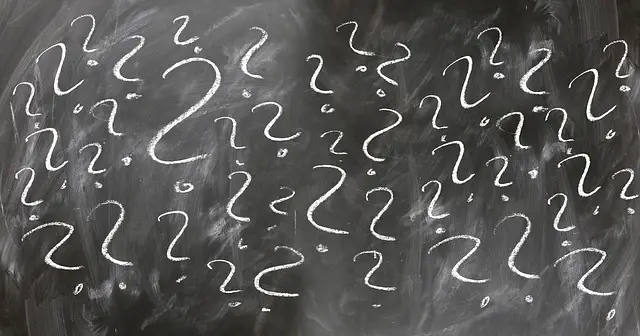Did you know that Afrikaans was first brought into South Africa, where it is still spoken today, with the arrival of Dutch settlers? At first, Dutch was spoken but, over time, Afrikaans started emerging from a mix of languages spoken by the newcomers. These days, it’s recognised as a distinct language belonging in the West Germanic language group.
Here are ten more interesting facts about Afrikaans:
Table of Contents
1. It’s the youngest official language in the world
Although it’s rather difficult to determine the age of any language (or what a language itself is, for that matter), Afrikaans is the youngest official one in the world. It was only decreed “a real language” in 1925 by the South African government. Back then, it was still considered a part of Dutch. Only in 1983 was Dutch removed as an official language of South Africa and Afrikaans took its place completely.
2. Afrikaans is considered either a Dutch daughter language, a creole, or a partly creolised language
Although Afrikaans is now considered a separate language, its close affinity to Dutch means it’s still recognised as a daughter language. Others describe it as a creole or as a partially creolised language.
3. Afrikaans-speakers understand Dutch better than Dutch-speakers do Afrikaans
Since it’s a daughter language which evolved from Dutch, Afrikaans speakers have a much easier time understanding their “mother tongue” than vice versa. The written language is mutually intelligible to a high degree.
4. Although based on Dutch, Afrikaans has been influenced by a variety of languages
The development of Afrikaans was influenced by the languages of people brought to South Africa in the 18th and 19th centuries. These included Malay, Portuguese, French, German, the now mostly extinct Khoisan languages, varieties of Bantu (mostly Xhosa and Zulu), Scottish, Yiddish, and South African English.
5. The Dutch weren’t big fans of Afrikaans at first
The first signs of a new language emerging in South Africa came in late 17th century. In 1685, a Dutch East India Company official – H.A Van Rheede – wrote home complaining about a “distorted and incomprehensible version of Dutch” that was spoken in the Drakenstein Valley.
6. For several centuries, Afrikaans was only a spoken language
Although, as we already saw, Afrikaans started emerging at the end of 17th century, for several more to come, it was used only as a spoken language. In writing, standard Dutch remained the norm. This remained the case until mid-19th century.
7. There is a secret prison language based on Afrikaans
In South African prisons, a secret language is spoken among the prisoners. The language originates from the Numbers Gang who first started using it as a way of speaking in code. The language is based on Afrikaans but has heavy Zulu and Xhosa influences and is known as sabela.
8. During the Apartheid regime, Afrikaans was a protected language
The National Party considered Afrikaans a protected language and forced single-language education in the language. After the fall of Apartheid, it became one of 11 official languages in South Africa in 1994.
9. Afrikaans remains controversial
Since it is so closely connected to the repressive policies implemented by the National Party government, Afrikaans remains a controversial language in South Africa. This, among other factors, has led to the rise of English in the country.
10. Despite being often connected to RSA, Afrikaans is also spoken elsewhere
It’s not only the Republic of South Africa where Afrikaans is spoken. You can also hear it in Botswana, Namibia, Zimbabwe, Australia, and New Zealand, although to a lesser extent.

